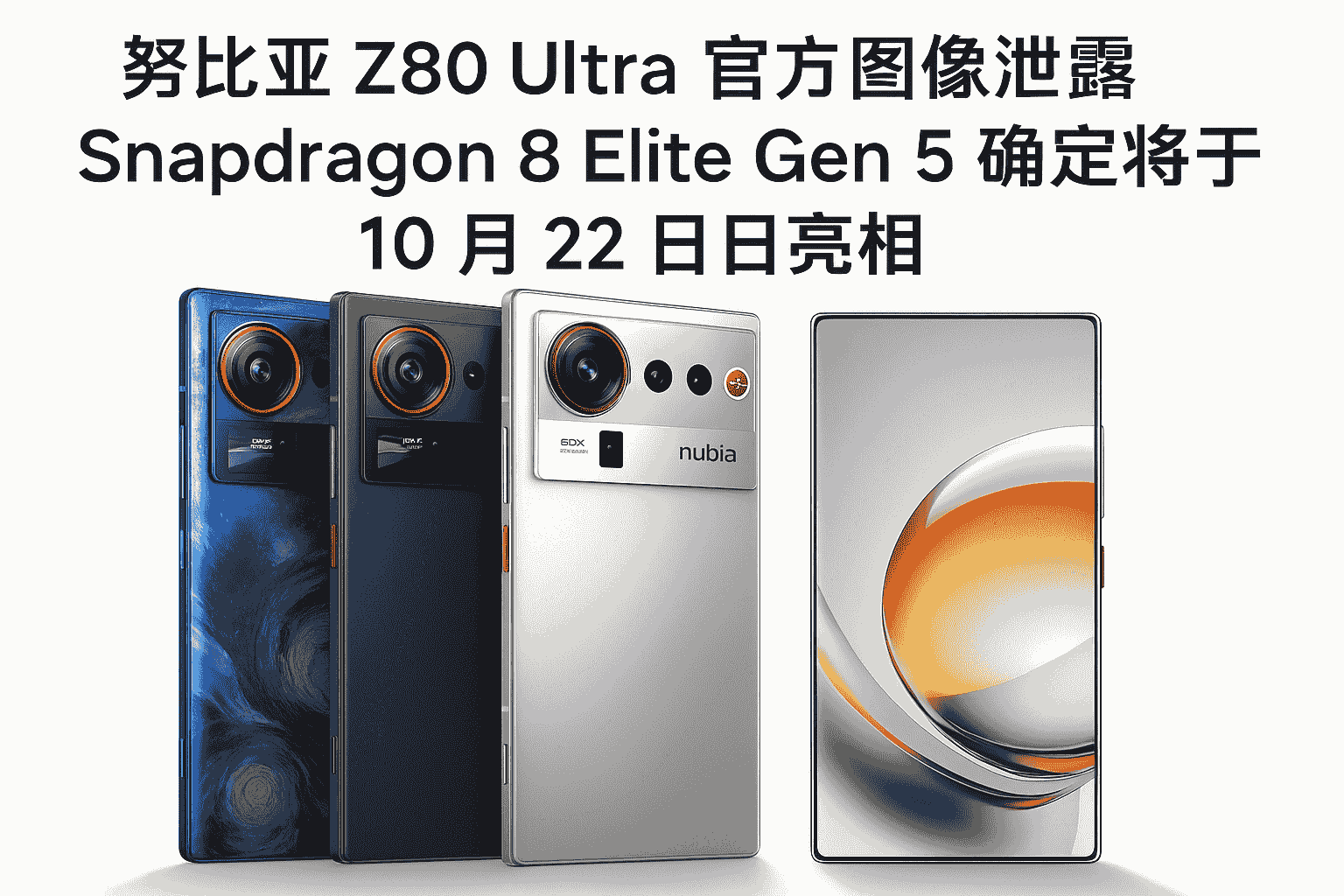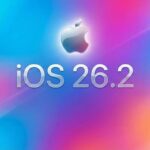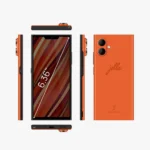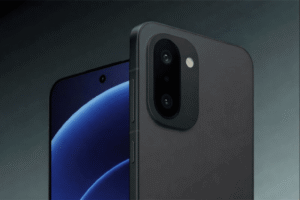Nubia has quietly begun feeding the hype machine. Official photos and teasers for the Z80 Ultra have popped up ahead of its October 22 launch in China, confirming the use of Qualcomm’s new Snapdragon 8 Elite Gen 5 and offering a first look at what appears to be a photography-first flagship with a near-edge-to-edge “holeless” display.
Nubia Z80 Ultra: Quick Specifications ( Leaked)
| Category | Details |
|---|---|
| Launch Date | October 22, 2025 (China) |
| Chipset | Qualcomm Snapdragon 8 Elite Gen 5 (4nm, AI-optimized) |
| CPU & GPU | Octa-core Kryo architecture, Adreno Next-Gen GPU |
| Display | 6.8-inch AMOLED, 1.5K resolution, up to 120Hz refresh rate |
| Front Camera | Under-display sensor (4th-gen UDC technology) |
| Rear Cameras | 50MP (Main, 1/1.3″) + 64MP (Telephoto, 3.5x Optical) + 50MP (Ultrawide, 1/1.55″) |
| RAM & Storage | Up to 16GB LPDDR5X RAM, 512GB / 1TB UFS 4.1 storage |
| Battery | Around 7,000 mAh (expected), 120W wired fast charging |
| Operating System | MyOS (based on Android 15) |
| Connectivity | 5G SA/NSA, Wi-Fi 7, Bluetooth 5.4, NFC, USB-C |
| Build & Design | Metal frame, matte glass back, IP-rated (unconfirmed) |
| Colors (expected) | Black, Silver, and a special “Photography Edition” finish |
Nubia Z80 Ultra: Elegant Design, Pro-Grade Cameras, and Snapdragon 8 Elite Power
The images Nubia released (and that outlets have already circulated) lean into a clean, premium aesthetic: a slim straight-edge frame, a pronounced rectangular camera island and refined finishes in multiple colourways.
The company’s marketing still frames the Z80 Ultra as a “true full-screen” device Nubia’s ongoing effort to eliminate visible selfie cut-outs via advanced under-display camera tech and aggressive screen-to-body ratios.
From the official photos, bezels look minimal and the back panel appears to prefer subtle textures over loud patterns, signaling Nubia’s intent to pitch the Z80 Ultra as a mature, photography-forward flagship rather than a gimmick.
Nubia is doubling down on imaging. Prior teasers and teardown-style spec leaks point to a larger ultrawide sensor (reportedly around a 1/1.55-inch unit) and an upgraded telephoto module compared with the Z70 family.
That sensor jump matters: moving to a physically larger sensor usually buys better dynamic range and low-light performance without relying exclusively on computational tricks. Nubia’s camera samples released earlier reinforce that message showcasing punchy dynamic range and wide-angle perspectives that suggest real sensor improvements rather than only software polish.
If the company delivers on this hardware + software blend, the Z80 Ultra could be one of the more interesting camera flagships outside the usual Samsung/Xiaomi/Apple orbit.
Powering all this is Qualcomm’s Snapdragon 8 Elite Gen 5, Qualcomm is positioning this as the next big step for Android flagships: improved CPU and GPU performance, a beefed-up NPU for on-device AI tasks, and new media pipelines for higher-quality video recording (Qualcomm’s APV/professional video tools).
In practice, that means better on-device AI features (smarter camera framing, live scene editing, contextual assistant features), faster gaming performance with greater power efficiency, and native support for advanced codecs and sensors.
Nubia pairing the Z80 Ultra with this SoC is unsurprising it fits the phone’s premium, imaging- and video-centric pitch.
Nubia’s Big Bet: Power, Display, and Execution in the Flagship Race
Nubia’s upcoming Z80 Ultra appears to be designed to make its mark across every domain — from battery life and display innovation to high-end performance. Staying true to its Ultra-class lineage, the brand is reportedly preparing this phone with a massive battery, possibly exceeding 7,000mAh, and a 1.5K hole-less AMOLED panel featuring a high refresh rate and impressive brightness levels.
The company’s signature “true full-screen” approach continues here as well, with under-display camera technology ensuring a seamless viewing experience. Powered by Snapdragon 8 Elite Gen 5 and its on-device AI optimizations, this setup promises sustained, lossless performance during intensive imaging workflows, gaming sessions, and extended video recording.
A blend of raw power and elegant engineering it sounds like Nubia is trying to fuse endurance and innovation into one formidable flagship.
Nubia’s positioning is clear: camera prowess, an unbroken display, and bleeding-edge chipset features. That’s an attractive combination on paper, but execution matters.
The under-display camera (UDC) experience can still be uneven many vendors improve screen continuity at the expense of selfie quality or introduce visible softness in certain lighting. Similarly, large sensors need excellent ISP and thermal control to turn potential into consistent results.
On the performance side, Snapdragon’s Gen 5 improvements will help, but thermal management and tuning (Nubia’s software optimizations and cooling hardware) will determine whether sustained video capture and gaming stay snappy.
Nubia usually undercuts the premium incumbents by offering niche strengths (camera or battery) at a slightly more aggressive price.
That strategy works so long as supply-chain and chipset costs don’t push MSRP too high — and Qualcomm’s newest chips sometimes carry a nontrivial price premium that can cascade into device pricing.
For shoppers, the key metric will be the Z80 Ultra’s final price-to-performance ratio versus contemporaries like Xiaomi’s Ultra models, Samsung’s flagships, and the rising cadre of camera-centric phones from OnePlus and vivo.
Expect Nubia to highlight camera samples and battery endurance in launch materials to justify its positioning.
Nubia Z80 Ultra Launch expectations
Nubia will officially reveal the Z80 Ultra on October 22 in China the teasers and official images are already setting the narrative: a large-screen, large-battery, camera-heavy flagship powered by the Snapdragon 8 Elite Gen 5.
The success of this device will come down to three things at launch: camera image quality in real-world conditions, battery endurance under heavy use (video + games), and the price it asks for those perks.
If Nubia balances those correctly, the Z80 Ultra could be a serious contender for anyone who treats their phone like a pocket studio.







